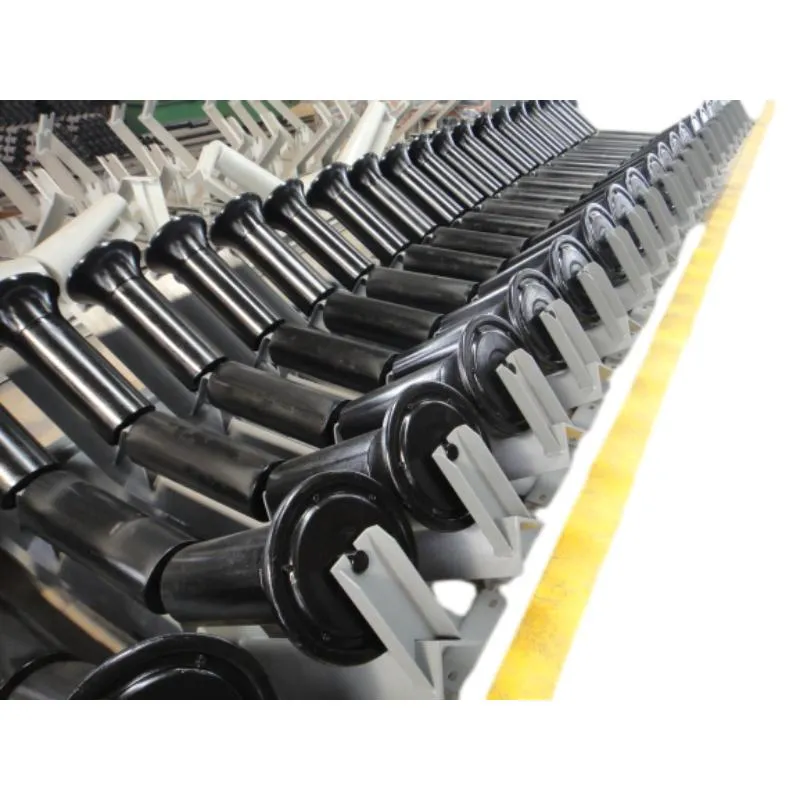 Afrikaans
Afrikaans  Albanian
Albanian  Amharic
Amharic  Arabic
Arabic  Armenian
Armenian  Azerbaijani
Azerbaijani  Basque
Basque  Belarusian
Belarusian  Bengali
Bengali  Bosnian
Bosnian  Bulgarian
Bulgarian  Catalan
Catalan  Cebuano
Cebuano  Corsican
Corsican  Croatian
Croatian  Czech
Czech  Danish
Danish  Dutch
Dutch  English
English  Esperanto
Esperanto  Estonian
Estonian  Finnish
Finnish  French
French  Frisian
Frisian  Galician
Galician  Georgian
Georgian  German
German  Greek
Greek  Gujarati
Gujarati  Haitian Creole
Haitian Creole  hausa
hausa  hawaiian
hawaiian  Hebrew
Hebrew  Hindi
Hindi  Miao
Miao  Hungarian
Hungarian  Icelandic
Icelandic  igbo
igbo  Indonesian
Indonesian  irish
irish  Italian
Italian  Japanese
Japanese  Javanese
Javanese  Kannada
Kannada  kazakh
kazakh  Khmer
Khmer  Rwandese
Rwandese  Korean
Korean  Kurdish
Kurdish  Kyrgyz
Kyrgyz  Lao
Lao  Latin
Latin  Latvian
Latvian  Lithuanian
Lithuanian  Luxembourgish
Luxembourgish  Macedonian
Macedonian  Malgashi
Malgashi  Malay
Malay  Malayalam
Malayalam  Maltese
Maltese  Maori
Maori  Marathi
Marathi  Mongolian
Mongolian  Myanmar
Myanmar  Nepali
Nepali  Norwegian
Norwegian  Norwegian
Norwegian  Occitan
Occitan  Pashto
Pashto  Persian
Persian  Polish
Polish  Portuguese
Portuguese  Punjabi
Punjabi  Romanian
Romanian  Russian
Russian  Samoan
Samoan  Scottish Gaelic
Scottish Gaelic  Serbian
Serbian  Sesotho
Sesotho  Shona
Shona  Sindhi
Sindhi  Sinhala
Sinhala  Slovak
Slovak  Slovenian
Slovenian  Somali
Somali  Spanish
Spanish  Sundanese
Sundanese  Swahili
Swahili  Swedish
Swedish  Tagalog
Tagalog  Tajik
Tajik  Tamil
Tamil  Tatar
Tatar  Telugu
Telugu  Thai
Thai  Turkish
Turkish  Turkmen
Turkmen  Ukrainian
Ukrainian  Urdu
Urdu  Uighur
Uighur  Uzbek
Uzbek  Vietnamese
Vietnamese  Welsh
Welsh  Bantu
Bantu  Yiddish
Yiddish  Yoruba
Yoruba  Zulu
Zulu conveyor roller idler
Understanding Conveyor Roller Idlers
Conveyor systems are essential in various industries, enabling the efficient movement of materials from one point to another. Among the many components that ensure the smooth operation of a conveyor system, the conveyor roller idler stands out as a critical element. This article explores the function, types, benefits, and maintenance of conveyor roller idlers, shedding light on their importance in material handling applications.
What are Conveyor Roller Idlers?
Conveyor roller idlers are cylindrical components that support and guide the conveyor belt during operation. They are typically mounted on frames or stands, running parallel to the belt's path. Idlers serve multiple purposes, including reducing friction, providing stability to the belt, and facilitating the smooth movement of materials. Essentially, they act as the backbone of any conveyor system, ensuring that the belt operates effectively and efficiently.
Types of Conveyor Roller Idlers
There are several types of conveyor roller idlers, each designed for specific applications. The most common types include
1. Impact Idlers Positioned where materials are loaded onto the conveyor belt, impact idlers absorb the shock and prevent damage to the belt. They typically feature heavier rollers to withstand the impact of falling materials.
2. Return Idlers These are located on the underside of the conveyor belt, supporting it as it returns to the loading area. Return idlers help maintain the belt's tension and alignment while preventing sagging.
3. Training Idlers Also known as tracking idlers, these are used to keep the conveyor belt centered and aligned. They are strategically placed to correct any misalignment that occurs during operation.
4. Garland Idlers Designed for inclined or steep conveyor systems, garland idlers consist of multiple rollers arranged in a triangular configuration. This design improves load distribution and stability on slopes.
5. Self-Aligning Idlers These feature a unique design that automatically adjusts to the belt’s position, helping prevent side-to-side movement and reducing the risk of belt misalignment.
Benefits of Conveyor Roller Idlers
The use of conveyor roller idlers offers numerous advantages
conveyor roller idler

- Reduced Wear and Tear Idlers help minimize friction between the conveyor belt and the rollers, reducing wear on both components. This durability translates to lower maintenance costs and extended equipment lifespan.
- Enhanced Efficiency By ensuring smooth belt movement and reducing energy consumption, conveyor roller idlers contribute to the overall efficiency of the material handling process.
- Load Support Idlers effectively support the weight of transported materials, preventing sagging which could lead to belt damage or material spillage.
- Alignment Control With self-aligning and training idlers, businesses can ensure that the conveyor belt remains correctly positioned throughout its operation, further preventing wear and operational disruptions.
Maintenance of Conveyor Roller Idlers
Proper maintenance is crucial for ensuring the longevity and performance of conveyor roller idlers. Regular inspections should be conducted to check for
- Wear and Damage Keeping an eye out for wear on rollers, frame damage, and signs of deterioration will help in early detection and resolution of issues.
- Lubrication Bearings within idler rollers need to be properly lubricated to prevent friction and overheating. Regular lubrication schedules should be maintained based on the operating conditions.
- Alignment Checks Regularly checking that all rollers are aligned correctly can help prevent operational issues and ensure that the conveyor belt functions optimally.
- Replacement Parts When wear is detected, prompt replacement of worn-out rollers or frames is essential to maintain system efficiency.
Conclusion
Conveyor roller idlers play a vital role in the efficacy of conveyor systems, providing support, guiding material flow, and ensuring smooth operation. Understanding the different types and their respective applications can help industries select the appropriate idler systems for their specific needs. Moreover, implementing stringent maintenance routines effectively guarantees their performance and longevity, making them an indispensable component of material handling operations. By investing in quality conveyor roller idlers and maintaining them diligently, businesses can enhance productivity and drive operational efficiency.
-
Revolutionizing Conveyor Reliability with Advanced Rubber Lagging PulleysNewsJul.22,2025
-
Powering Precision and Durability with Expert Manufacturers of Conveyor ComponentsNewsJul.22,2025
-
Optimizing Conveyor Systems with Advanced Conveyor AccessoriesNewsJul.22,2025
-
Maximize Conveyor Efficiency with Quality Conveyor Idler PulleysNewsJul.22,2025
-
Future-Proof Your Conveyor System with High-Performance Polyurethane RollerNewsJul.22,2025
-
Driving Efficiency Forward with Quality Idlers and RollersNewsJul.22,2025





























